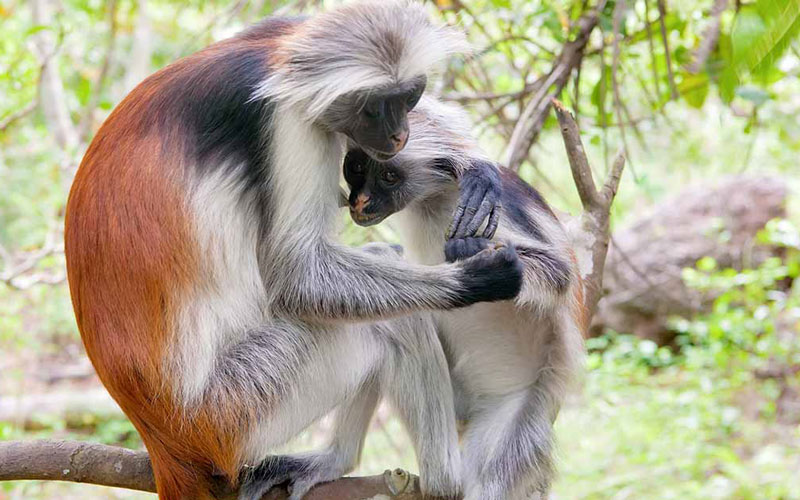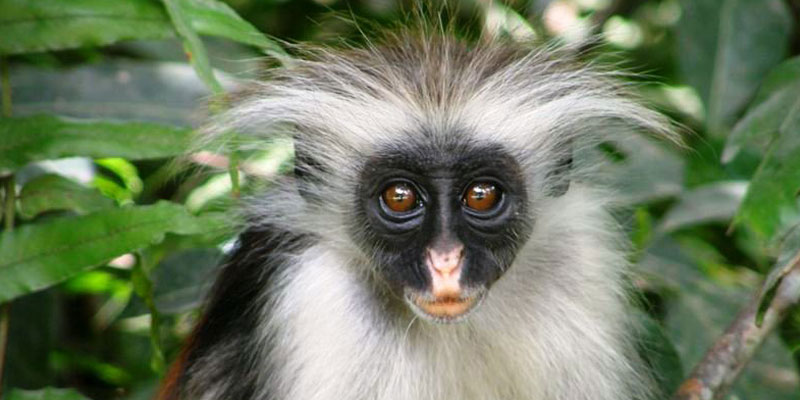There’s Cute, and then There’s… Colobus cute!
The Zanzibar Red Colobus Monkey is endemic to Unguja, or, the main island of the Zanzibar Archipelago. It could very well be one of the cutest monkeys on the planet. Like Zanzibar itself, the Red Colobus is also a unique animal with plenty of zest and interest.!
And now, onto the Monkey…
And now, onto the Monkey…
Let’s start with a quick description of our new found friend. Zanzibar Red Colobus Monkeys are tree-dwelling herbivores. They have a lightweight bone structure that helps them to leap between trees. They also possess a long tail that is only used for balancing. Red Colobus Monkeys are found in three forests of the Zanzibar archipelago and can also be spotted in coastal thickets and agricultural areas.
Image by Rama Kumaraswamy Thoopal
Red Colobus Monkeys are very social animals. They live in hierarchical groups led by alpha males. The troops can number up to 80 with the average troop size being around 40 to 50. The Red Colobus has specialized calls to communicate different messages (e.g., messages related to mating and warnings).
Cute but Endangered
Although cute, the Zanzibar Red Colobus is now classified as an endangered species. Less than 2,000 individual monkeys remain; and unfortunately, the population trend is decreasing. Conservationists are consistently working with government officials to develop a more effective strategy to protect the monkeys’ population and habitat.
Fun Facts
Barking Zebra never wants our readers to be left on a sorrowful note. So, in an attempt to brighten the endangering news, let’s consider a few fun-filled facts on the Zanzibar Red Colobus.
- This monkey is also known as Kirk’s Red Colobus, nicknamed after Sir John Kirk.
- Colobus originates from a word meaning “mutilated.” This refers to the monkey’s lack of thumbs on its hands.
- Locals have called the Zanzibar Red Colobus “kima punju” (which means “poison monkey” in Swahili) because of its strong smell.
- The Red Colobus often eats shards of charcoal to aid in digesting poisons and neutralizing acids.







